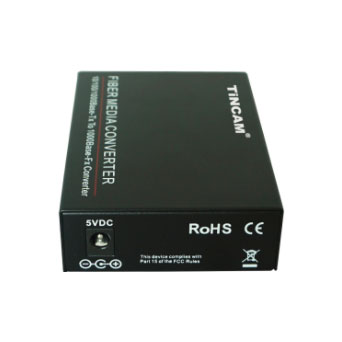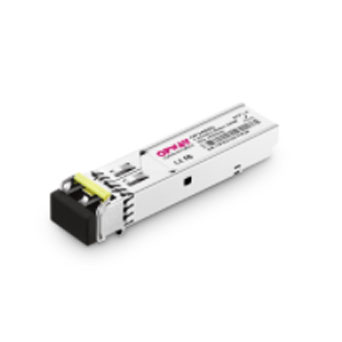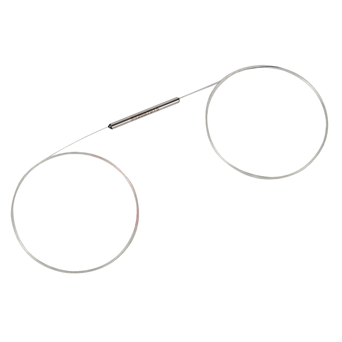The relationship between the communication transmission network and the business has become increasingly complex under the situation of a substantial increase in business volume. The original TDM (optical fiber single-wave transmission and time-division multiplexing) cannot meet the needs of new technologies. The highest rate of optical fiber single-wave transmission for commercial applications is 40Gbits/s, and it is expensive. TDM technology is difficult to adapt to complex networks and business relationships. The optical fiber multi-wave transmission technology that uses pure optical devices for long-wave dispatch has broken the limit of the processing speed of electronic devices. Based on the SDH technology, the optical fiber propagation capacity can be greatly improved. At present, the commercial application rate of Dense Wavelength Division Multiplexing (DWDM) technology has reached 3.2 Tbits/s, which means that the communication network can be smoothly upgraded and evolved.
Ⅰ. Overview
The channel spacing of the dense wavelength division multiplexer is 1.6/0.8/0.4nm (200GHz/100 GHz/50 GHz), which is much smaller than that of the coarse wavelength division multiplexer (CWDM). Compared with CWDM, a dense wavelength division multiplexer (DWDM) with tighter wavelength spacing can carry 8 to 160 wavelengths on an optical fiber, which is more suitable for long-distance transmission. With the help of EDFA, the DWDM system can work within a range of thousands of kilometres.
Ⅱ. Advantages of Dense Wavelength Division Multiplexing (DWDM):
1. Large capacity.
2. Ultra-long distance transmission.
3. "Transparent" data transmission and smooth expansion.
4. Save fiber resources.
5. It can form an all-optical network.
Ⅲ. Application form of Dense Wavelength Division Multiplexing (DWDM)
1. Open DWDM
The open DWDM system is to multiplex the wavelength converter OUT to achieve some special requirements of WDM. The system has no special requirements for the multiplex terminal optical interface and only requires these interfaces to comply with the optical interface standard (G.957) recommended by ITU-T. The system is open.
2. Integrated DWDM
The integrated DWDM system does not use wavelength conversion technology. It requires the wavelength of the optical signal of the multiplexing terminal to comply with the DWDM system specification (G.692). Different multiplexing terminal equipment transmits different wavelengths that comply with ITU-T recommendations. When the multiplexer is connected, different channels can be occupied to complete the multiplexing.
Ⅳ. Transmission method:
•Single-fiber unidirectional wavelength division multiplexing system: Two optical fibers are used, one optical fiber only completes the transmission of optical signals in one direction, and the transmission of the reverse optical signal is completed by the other optical fiber.
•Single-fiber bidirectional wavelength division multiplexing system: Only one optical fiber is used to realize the simultaneous transmission of optical signals in two directions in one optical fiber. The optical signals in the two directions should be arranged on different wavelengths.

 EN
EN



